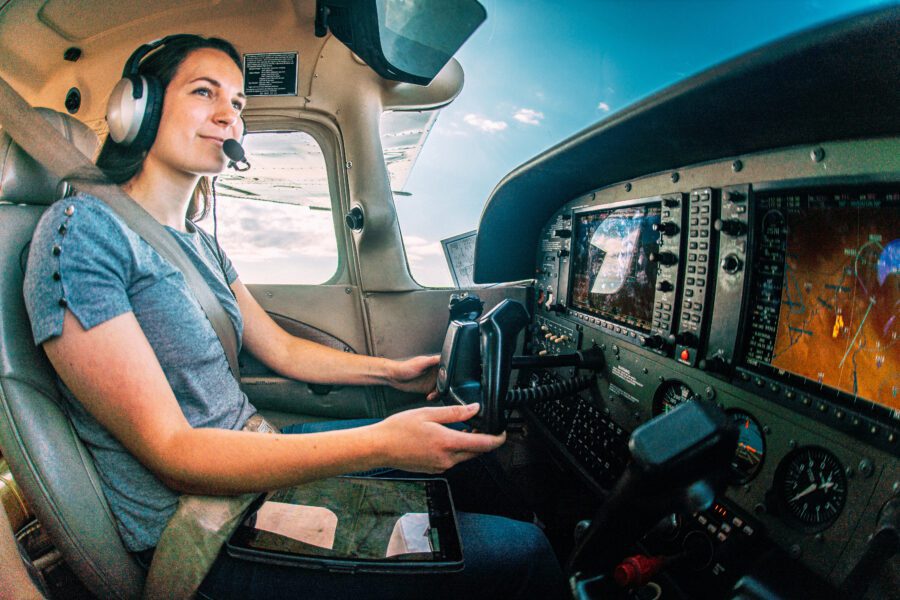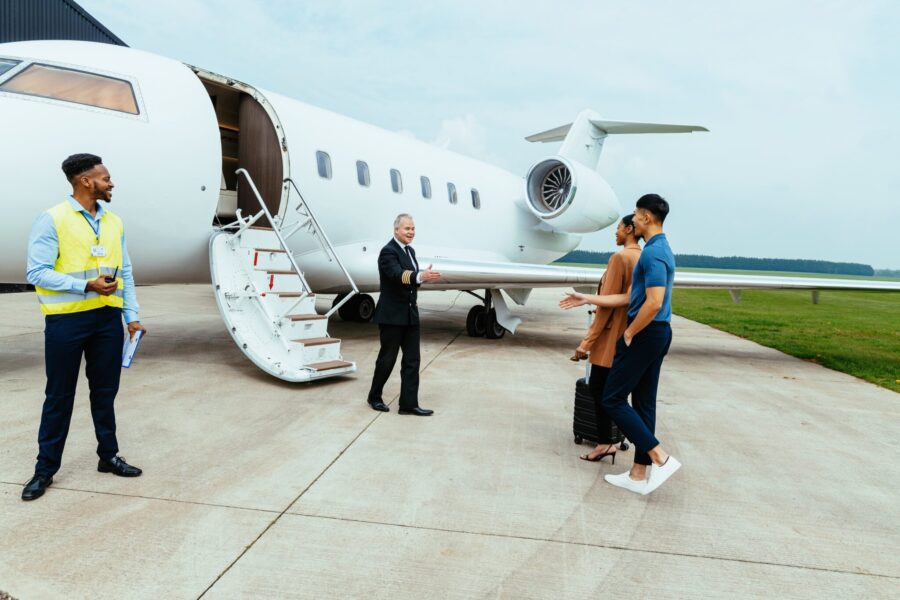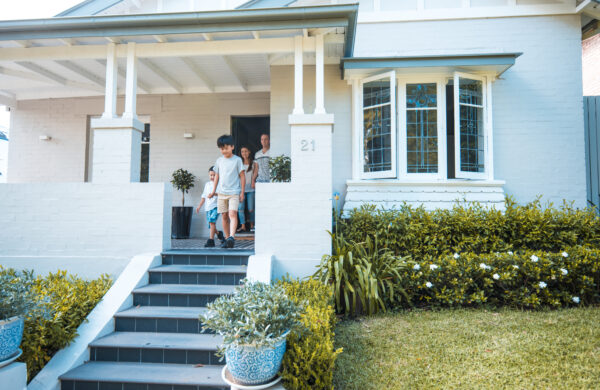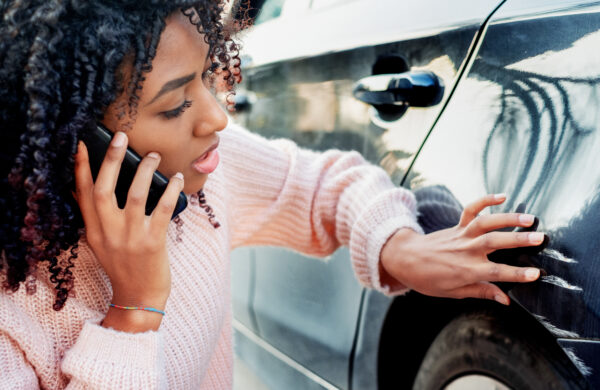Owning a private aircraft is an investment, but it can also be a liability. It’s not just mid-air collisions you need to think about, either – even when your aircraft is grounded, losses can be caused by severe weather, crime and other exposures. Insurance for private aircraft provides critical coverage for owners.
Private Aviation Insurance Requirements
States typically have strict requirements for auto insurance. For example, Texas drivers need to show they can pay for any accidents they may cause, which is usually accomplished by buying auto liability insurance. The minimum coverage limit is $30,000 for injuries per person, $60,000 for injuries per incident and $25,000 for property damage, but drivers are encouraged to consider higher limits.
You might think private aircraft owners and operators would face even stricter insurance requirements, but this isn’t always the case. Since it’s common for people to own a car and drive, states have established systems for insurance rules. Since it’s far less common for people to own and operate private aircraft, not all states have developed insurance requirements.
According to Investopedia, aircraft insurance may not be a requirement under state or federal law. The United States Government Accountability Office (GAO) says only 11 states had liability insurance or financial responsibility requirements for general aviation aircraft owners and operators as of April 2015. Oregon and Minnesota require insurance in at least some cases, whereas California, Connecticut, Hawaii, Indiana, Maryland, Massachusetts, North Dakota and Virginia have requirements that may include insurance.
Even when insurance is not a requirement, it is a smart idea. Without coverage, aircraft owners and pilots can face massive liability exposures that put their assets at risk. Furthermore, as your aircraft is a major financial investment, it makes sense to protect it with insurance – just as you would protect your house and other valuable assets.
Lastly, even if you are not legally required to carry insurance, you may need to have coverage due to airport or fixed base operator (FBO) requirements, or due to lender requirements.
Private Aircraft Loss Scenarios
Pilots go through special training to learn how to operate their aircraft safely, but property damage and injuries can occur in many different scenarios. Some ways you could face financial loss include:
- The aircraft could be damaged while in flight. Aviation accidents can have many causes – from pilot error to mechanical failure. Bad weather and bird strikes can also contribute to crashes and damage. According to the U.S. Fish & Wildlife Service (FWS), bird and other wildlife strikes cause approximately $900 million or more in damages to U.S. civil and military aircraft every year. Deaths from wildlife strikes are uncommon, but they do occur. Since 1988, 250 people have been killed worldwide due to wildlife strikes.
- The aircraft could collide on the ground. Incidents can occur while taxiing and during takeoff. Taxiway collisions can occur when an aircraft crosses the path of another aircraft or a vehicle such as a shuttle or bus.
- A storm could damage your aircraft. For example, a hailstorm could damage your hull. According to the National Weather Service, the largest hailstone on record had a circumference of 18.625 inches. Even much smaller hailstones can damage your aircraft.
- Your aircraft could be subject to vandalism. Although airports are known for having good security, cases of vandalism are not unheard of.
Types of Private Jet Insurance
Just as you need multiple types of auto insurance coverage (liability, comprehensive, collision, etc.) to protect your car and limit your car-related exposures, you may need multiple types of aircraft insurance coverage.
For example, you’ll probably want insurance coverage to protect your aircraft from damage caused by collisions, weather, animal strikes and vandalism. You’ll also probably want liability coverage for any property damage you might cause to aircraft, vehicles and buildings owned by others in the course of operating your aircraft. Coverage for injuries is also important. You may want passenger liability insurance for injuries your own passengers experience as well as coverage for injuries other people experience (such as people in a vehicle your aircraft collides with while taking off).
According to Flying Magazine, four common types of aviation coverage include in-flight coverage, liability coverage, in-motion ground risk hull coverage and stationary ground risk hull coverage.
- Liability coverage provides protection against claims involving injury or property damage caused by the operation of your aircraft.
- In-flight coverage/full-flight risk covers damage that occurs while the aircraft is in flight. Do not assume your policy includes this coverage! As some private jet insurance policies exclude in-flight damage, you need to check your terms carefully.
- In-motion ground risk hull coverage/ground-only risk provides coverage for when your aircraft is on the ground and moving. This can include damage that occurs during takeoff or while taxiing.
- Stationary ground risk hull coverage/ground not in motion provides financial coverage for damage that occurs when your aircraft is on the ground and stationary. This can include damage caused by storms and vandalism.
What types of private aircraft need aviation insurance?
Types of private aircraft include helicopters, light jets, midsize jets, ultra-long-range jets and more. Regardless of the type of aircraft you have, it makes sense to insure your aircraft. However, both the type of aircraft you own and the way you use it will impact your insurance needs. For example, if you have a lot of passengers, you’ll need more passenger liability coverage, and you may need additional coverage if you fly internationally.
How much does aircraft insurance cost?
Your rates will depend on several factors, but according to NovaJet, the hull value is a key factor. On average, rates are around 14 percent of the hull value, and the standard liability coverage amount is $200,000,000 (although this can vary depending on aircraft use and other factors).
Factors such as the pilot training, your claims history, utilization, mission profile and where you store your aircraft may also impact your rates. There’s a significant range in premiums because there’s so much variation among policyholders. Someone with a small jet with limited seating will have different insurance needs than someone with a large jet with abundant seating.
Securing Property and Liability Insurance for Private Aircraft
Don’t wait until you have a massive claim. Aircraft damage and lawsuits stemming from the ownership and operation of your aircraft can be costly, but you can protect your assets with appropriate insurance coverage. Make sure you have the right insurance for private aircraft. Higginbotham can help you review your insurance needs. Learn more.






